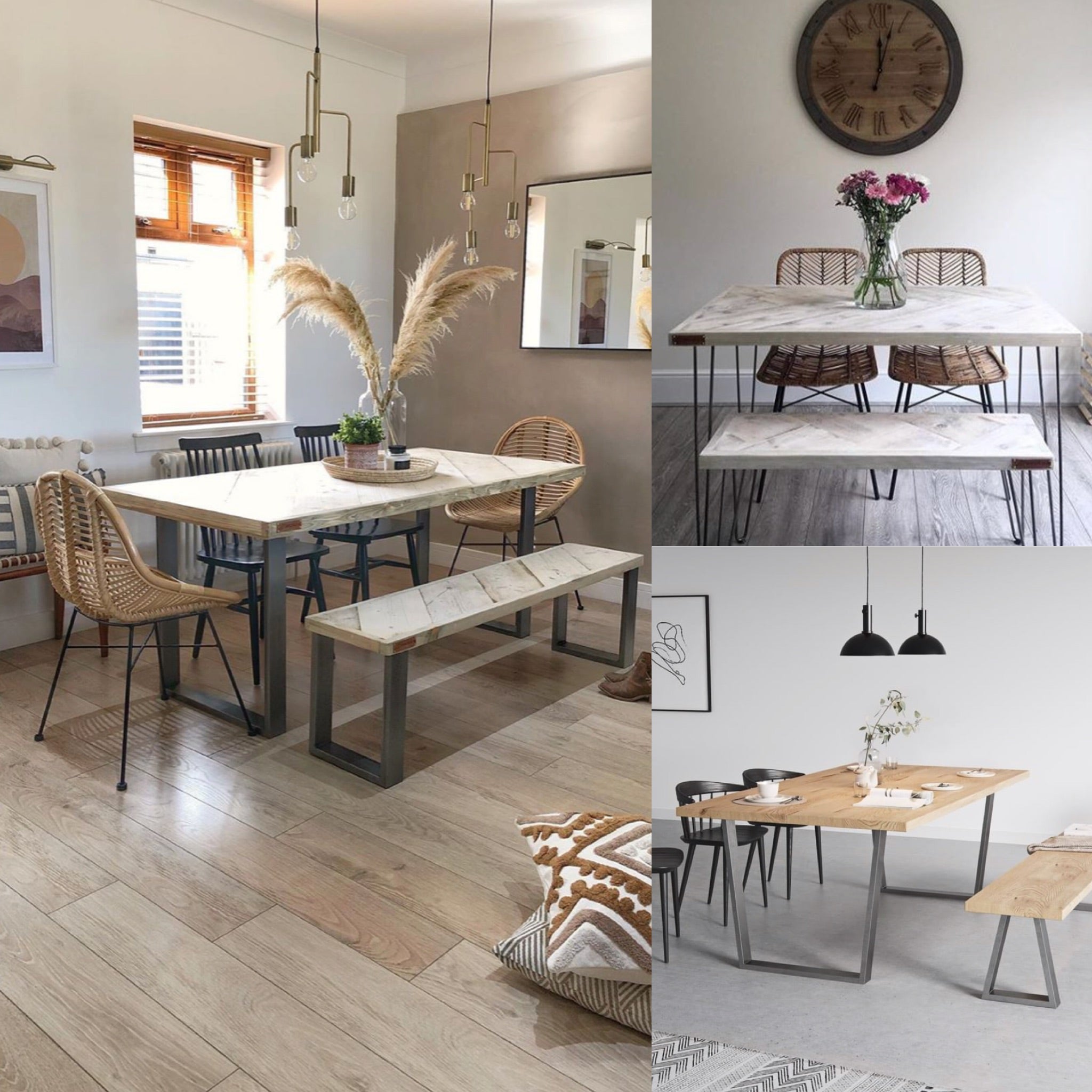How to Maintain and Care for Your Dining Room Table Legs
How to Maintain and Care for Your Dining Room Table Legs
Blog Article
Expert Tips for Setting Up Dining Space Table Legs for Optimum Stability
When it concerns setting up dining-room table legs, achieving optimum security is vital for both capability and appearances. The procedure starts with picking the right materials and equipment, adhered to by precise alignment and factor to consider of weight distribution. Each action plays a crucial function in making certain that the ended up item holds up against everyday use without endangering security or design integrity. Comprehending the nuances of these elements can significantly affect the overall end result. What certain strategies can improve stability even additionally?
Pick the Right Legs
When picking the proper legs for your dining space table, it is necessary to think about both capability and appearances. The legs you select will considerably influence the total design and security of the table. Evaluate the table's intended use; if you anticipate constant events, stronger legs, such as those made from strong wood or metal, might be much more ideal, as they provide boosted durability and assistance.
Next, think about the height and design of the legs in relation to the table top. Basic table commonly vary from 28 to 30 inches in height, so make sure the legs line up with this standard for convenience. The style of the legs must enhance the layout of the tabletop-- whether it be modern-day, rustic, or standard. Conical legs can add a contemporary touch, while turned legs might share a much more timeless visual.

Select Appropriate Hardware
Just how can the best hardware improve the security and durability of your dining area table? The option of proper hardware is crucial to making sure that the legs of your table are securely affixed and able to hold up against normal use. Top quality screws, screws, and braces offer the necessary strength to support the weight of the table, as well as any kind of extra tons put upon it during dishes or events.
When picking screws, select those made from sturdy products such as stainless steel or brass, which stand up to corrosion and maintain integrity over time. The length of the screws is similarly important; they should penetrate deeply into the table's framework without endangering honesty. For bolted links, think about using lock washers to stop loosening up due to vibration or movement.
In addition, utilizing corner brackets can add additional assistance, especially for larger tables or those with much heavier tops. These braces distribute weight uniformly and assist keep the table's shape. Guaranteeing that the hardware you choose is proper for the certain products of your table will further enhance its general security and durability, allowing you to enjoy your dining experience for several years to come.
Ensure Proper Positioning
Proper positioning of eating room table legs is essential for both visual appeal and useful stability. To achieve optimal positioning, begin by determining the distance from the table's corners to the leg add-on factors.
Use a degree during installment to validate that each leg is perpendicular to the table top. It is a good idea to mark the desired leg placements on the bottom of the table with a pencil or concealing tape prior to protecting them.
Moreover, verify the placement after the preliminary screws are tightened, as changes may be necessary here before completely protecting the equipment. By focusing on proper placement, you not only boost the table's overall layout but additionally ensure that it stays practical and stable for many years to come.

Consider Weight Distribution
After making certain proper positioning of the eating area table legs, it is necessary to take into consideration weight circulation to improve stability and capability. dining room table legs. Appropriate weight distribution is essential in protecting against making certain and wobbling that the table can sustain its intended lots without danger of tipping or falling down
When positioning the legs, guarantee they are placed at equal distances from the facility of the table to uniformly disperse the weight throughout the framework. Think about the weight of the table top and any type of things that will often rest on it, such as tabletop home appliances or ornamental pieces. Tables with larger surface areas should ideally have legs positioned closer to the edges, as this optimizes the base of assistance and decreases the risk of instability.
Additionally, if the table is planned for usage in a high-traffic area, consider using much heavier products for the legs or including stabilizing elements, such as cross-bracing or a reduced rack - dining room table legs. These modifications can aid preserve equilibrium and stop moving throughout usage. Ultimately, a well-considered weight distribution approach will significantly boost the table's total efficiency, ensuring it continues to be a attractive and practical focal point for your dining area
Examination Stability Before Use
Testing the stability of the eating area table prior to usage is an important step that ought to not be ignored. If the table shows instability, recognize the legs or joints that might require change.
Following, examine that all bolts and screws are tightened properly. Loosened connections can lead to instability and prospective damages in time. If required, utilize timber glue on joints to boost security, making sure to permit ample drying out time.

Conclusion
In final thought, the installation of dining room table legs needs mindful factor to consider of products, weight, placement, and hardware circulation to achieve maximum stability. By choosing strong legs and premium fasteners, making sure specific placement, and distributing weight uniformly, the architectural integrity of the table can be dramatically improved. Conducting a check out this site stability examination before routine use see this page further makes sure that the table will endure everyday stress, thus providing a dependable and secure eating experience.
When it comes to installing eating room table legs, achieving optimum security is critical for both performance and aesthetics. The legs you pick will significantly impact the overall design and stability of the table (dining room table legs). Typical dining tables typically vary from 28 to 30 inches in elevation, so make certain the legs align with this standard for comfort.Proper positioning of eating room table legs is crucial for both aesthetic appeal and practical security.In final thought, the setup of dining room table legs requires careful consideration of products, weight, alignment, and hardware distribution to achieve optimum stability
Report this page